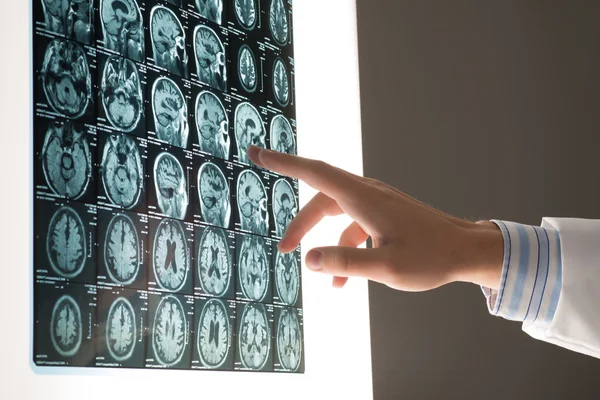Low-dose X-rays Show Promise in Repairing Brain Damage After Injury and Stroke – Traumatic brain injuries (TBI) and strokes are major health concerns, often leaving survivors with lifelong motor impairments. According to recent research, low-dose X-ray irradiation shows promise in treating brain injury and stroke.
In a study conducted by neuroscientists at City University, low-dose X-ray irradiation completely reversed motor deficits in mice with traumatic brain injury and stroke and restored brain rewiring. The researchers believe that this strategy could be used to address unmet medical needs in accelerating motor function in TBI and stroke patients, warranting further clinical studies for a potential treatment strategy. However, it should be noted that low-dose X-ray imaging may increase the risk of neurodegenerative diseases. The brain is ill-equipped to manage the intrusion of low-dose ionizing radiation beyond that which is naturally occurring, and when the brain’s antioxidant defenses are overwhelmed by radiation, it can lead to oxidative stress, mitochondrial dysfunction, loss of synaptic plasticity, and other negative effects. Therefore, while low-dose X-ray irradiation may hold promise as a treatment for brain injury and stroke, further research is needed to fully understand its potential risks and benefits.
Professor Eddie Ma Chi-him, lead researcher at CityU, explains the current challenge: “Brain injuries worsen over time due to inflammation, and there’s no effective way to repair the central nervous system.” This inspired his team to explore the immunomodulatory effects of low-dose X-rays, known to stimulate healing and cell growth in animal models.
The Study
Mice with simulated TBI or stroke received low-dose X-rays or no treatment.
X-ray-treated mice showed significant improvements:
Reduced brain damage: Lesion size decreased by 48% (TBI) and infarct volume by 43-51% (stroke).
Faster motor function recovery: Tasks like narrow beam walking and pole climbing were completed faster.
Brain rewiring: Axonal projections in the motor cortex increased, indicating brain repair.
Immunomodulation: Anti-inflammatory genes were upregulated, while pro-inflammatory ones were downregulated.
Key Takeaways
- Low-dose X-rays can effectively minimize brain damage and restore motor function in injured mice.
- Treatment remained effective even when delayed by 8 hours, crucial for real-world application.
- X-ray equipment is readily available in hospitals, making this therapy potentially accessible.
This promising study warrants further clinical research to explore the safety and efficacy of low-dose X-rays for TBI and stroke patients. If successful, this could offer a revolutionary new treatment option for millions suffering from these debilitating conditions.
What are the potential risks of low-dose X-ray imaging?
Low-dose X-ray imaging may pose potential risks, including an increased possibility of developing cancer and other health effects. The brain is not well-equipped to handle the intrusion of low-dose ionizing radiation beyond natural levels, which can lead to oxidative stress, mitochondrial dysfunction, and loss of synaptic plasticity.
While the risk of developing cancer from medical imaging radiation exposure is generally very small, it is important to consider the potential risks in the context of other factors.
The current scientific consensus suggests that the most appropriate risk model for low doses of radiation is one in which the risk of radiation-induced cancer and hereditary effects is linear with no threshold, known as the linear no-threshold (LNT) model.
However, it’s important to note that there is ongoing debate and research regarding the potential risks of low-dose radiation, and the evidence is not conclusive[1].
After reading Low-dose X-rays Show Promise in Repairing Brain Damage After Injury and Stroke, Also read | 13 Natural Drinks to Lower Cholesterol Levels Easily
Information source: https://www.cityu.edu.hk/research/stories/2024/01/26/cityu-neuroscientists-uncover-therapeutic-potential-low-dose-ionizing-radiation-traumatic-brain-injury-and-ischemic-stroke








